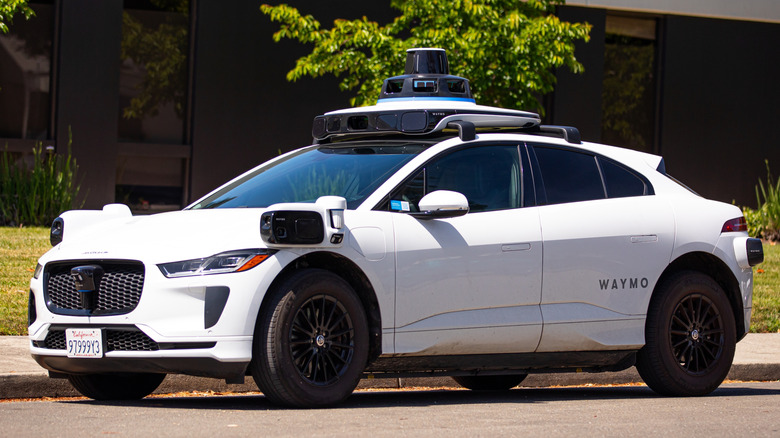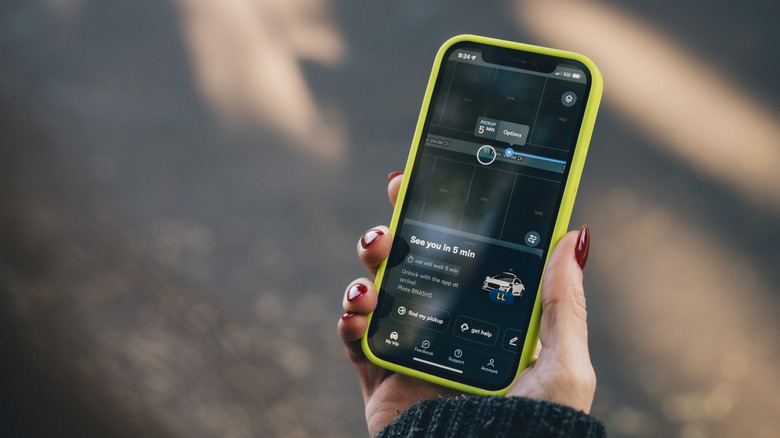Waymo's Next Big Test Is Coming: Self-Driving Taxis In The Snow
While Waymo has been spreading to more cities recently, none will pose the ultimate challenge that self-driving vehicles must still surmount. This is the ability for Waymo's vehicles to navigate in wintry conditions, including slush, snow, and freezing rain. Waymo has so far selected the low-hanging fruit of warm American cities, including the eternally non-freezing locations of Los Angeles, Austin, and Phoenix, where a suburb has made Waymo part of its transit system.
Waymo is well aware that to access the entire geography of not only the U.S., but also other locations around the world, its self-driving robotaxis will need to travel in frigid weather, braving various forms of frozen precipitation. According to Waymo, "...the Waymo Driver successfully navigates rain, fog, sandstorms, and freezing temperatures." Next on Waymo's agenda is for its self-driving vehicles to handle snow.
Waymo's process for understanding how to have its vehicles navigate in inclement weather conditions, such as winter, involves four steps: understanding the challenge, designing generalizable solutions, validating their capabilities, and scaling responsibly. It starts with the Waymo Driver (the robotaxi) learning that snow can range from a dusting to a blizzard, with road conditions that can range from icy to snow-covered, and varying amounts of built-up snow along the way. Waymo claims to have amassed "tens of thousands of miles in diverse, snowy conditions" across the upper part of the U.S., which have helped Waymo's AI learn what winter weather is and how to deal with it.
Why must Waymo conquer winter weather conditions?
Waymo knows it must conquer winter to fully compete with other ride-sharing services like Lyft and Uber, which are already transforming transportation with some driverless cars. These services, largely operated by human drivers, can provide customers with rides year-round in various weather conditions across most of the U.S., including winter. In a recent article in The Verge, Robert Chen, Waymo's product lead for weather, stated that "This winter season is gonna be a really important season for us." This comment could indicate that Waymo might initiate service in an area experiencing winter weather sometime in late 2025 or early 2026. The company has already stated that it will start serving Washington, DC in 2026.
Another potential challenge for Waymo self-driving vehicles has a lot to do with the difference between human perception vs. machine perception. According to Phil Koopman, an autonomous vehicle technology expert at Carnegie Mellon University, quoted in the Verge article, items like partially snow-obstructed signs and lane markings could be tough for robotaxis to understand, unless they have been specifically trained to recognize them. Simulations also improve the system's understanding. Waymo's Robert Chen stated that the next generation of the Waymo Driver system will be engineered to handle severe winter conditions. In addition to each vehicle's ability to notify other Waymo vehicles of particularly slippery spots, the vehicles' sensors will be equipped with wipers and stronger heating elements to keep them clear and unobstructed as they make their way along snowy, icy, and slushy roadways.

